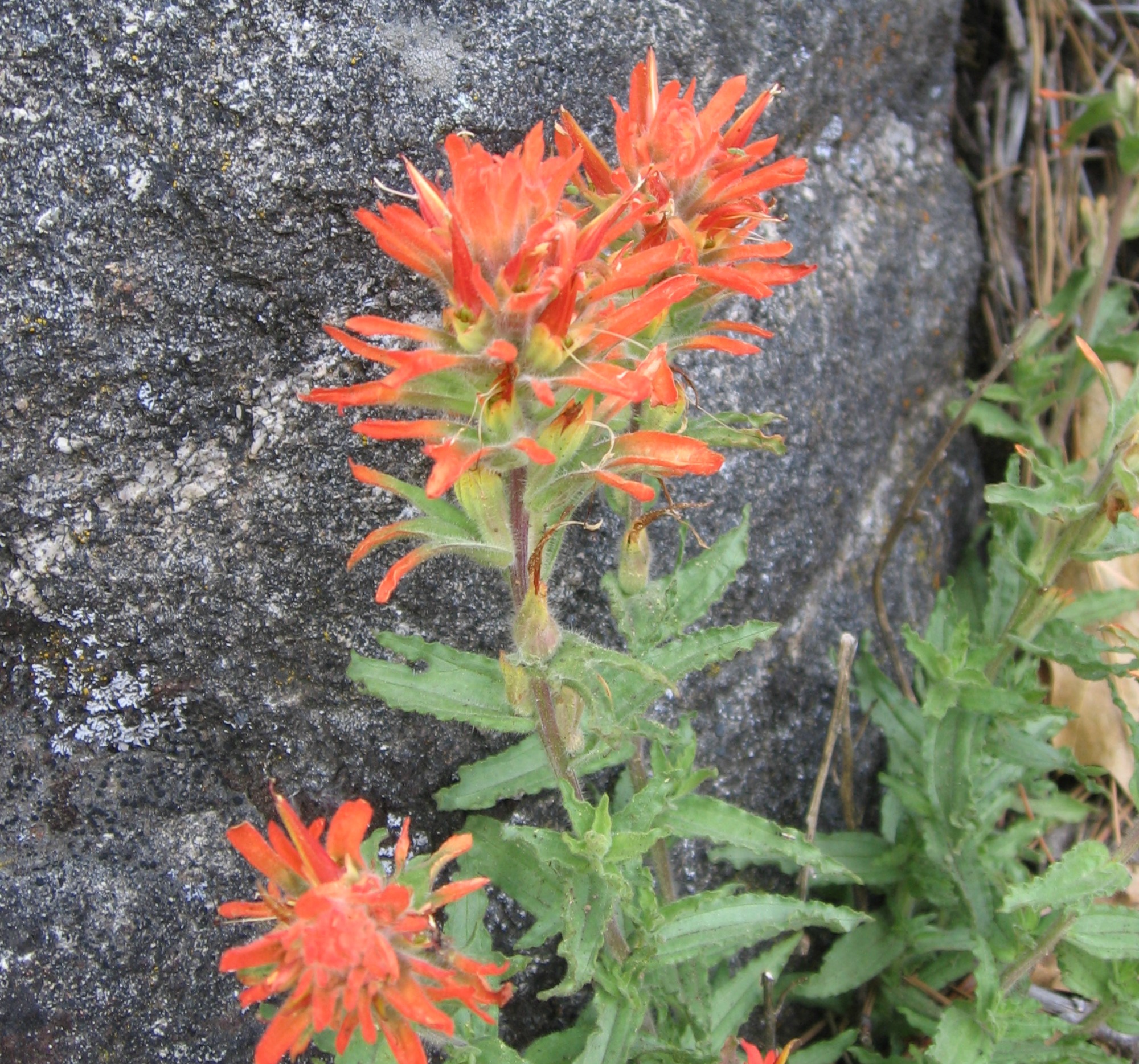
The stem seems to be a reservoir for carbon dioxide, and the waxy surface of the stem helps prevent water loss through transpiration. Recently, scientists suggest that the stem does most of the photosynthesis for the plant, since it has a larger surface area than the small round leaves at the base of the plant. Early hypotheses included insects laying eggs inside and creating galls. Over the years, scientists have had different ideas about what causes the stem to inflate. In fall, the stems will turn from green to a dark red, and then a pale yellow as the plant dries. Location in park: Common throughout the park.ĭescription: This unique member of the buckwheat family has an inflated stem, giving it part of its scientific name, “inflatum.” Tiny yellow flowers top the stems in the spring. Range: Utah, Arizona, Colorado, New Mexico Habitat: Sandy and clay soils in mixed desert scrub, saltbush, rabbitbrush, grassland, and pinyon-juniper woodland communities. Part of the decision to move it off the list will involve ensuring there are ongoing protections and monitoring so nothing undoes all the work to protect it, Read said.īecause most of the current populations are on public land, there is a good likelihood it will be approved, she said.The desert trumpet is a memorable plant because of the inflated look of its stem. There will then be a public hearing, according to the U.S. Fish and Wildlife Service, and now there will be a comment period that ends Aug. A request for the removal was already filed by the U.S. The next steps will be a formal rule-making process. “It’s really important to celebrate these successes when they come,” Read said. The golden paintbrush is a species that humans are mostly responsible for wiping out, Read said, but with a collective effort, it was saved. Some species can sit on the endangered species list for decades before any recovery plan is implemented, Read said. More than 99% of species protected under the endangered species act survive today, Greenwald said, but it takes years and multiple agencies working together to bring them back. Both plants are often found on the west side of the state. Two other plants in Washington, water howelia and Bradshaw’s lomatium, were delisted on June 16, Greenwald said. “When you protect a species, you’re also protecting every other species that depends on that habitat,” Read said. The butterfly is also native to the Willamette Valley in Oregon. Now, the Fender’s blue butterfly may also be delisted on the endangered species list because of this effort. Protecting the golden paintbrush has also led to the protection of its habitat as a whole.

Most of those exist on land owned by the state, the federal government or conservationists. “It’s been a continuous effort,” Read said.īecause of those efforts, there are now 48 total populations spread out among Washington, Oregon and British Columbia. Most of the plan involved reintroduction, especially in Oregon, where the species was replanted in areas where it was likely to thrive.

It was extinct in Oregon and was “in sore need of help,” Read said.ĭevelopment, fire suppression on its prairie habitat and agriculture all likely contributed to the flower’s endangerment, Read said.ĭuring the past 24 years, multiple state and federal agencies worked together on a recovery plan for the plant. “It’s decades of work to bring a species back from the edge of extinction,” said Quinn Read, the center’s Oregon policy director.īy the mid-1990s, Read said there were only 10 populations of the flower in Washington and British Columbia. More than 100 species have been delisted or downlisted for recovery since the Endangered Species Act went into effect in 1973, said Noah Greenwald, endangered species director at the Center for Biological Diversity. It is a federally listed endangered species. Subspecies neglecta, known commonly as the Tiburon paintbrush, is known from only a few occurrences in and around the San Francisco Bay Area.

The yellow flower that resembles an artist’s brush is native to the Pacific Northwest, historically found from southwest British Columbia through Oregon’s Willamette Valley. There are three subspecies of this plant, two of which are rare: Subspecies littoralis grows on the coastline of northern California and Oregon. Fish and Wildlife Service proposed late last month to remove the golden paintbrush from the endangered species list. OLYMPIA – A flower in Western Washington and Oregon may be removed from the nation’s endangered species list after decades of work to save it. By Laurel Demkovich / The Spokesman Review


 0 kommentar(er)
0 kommentar(er)
